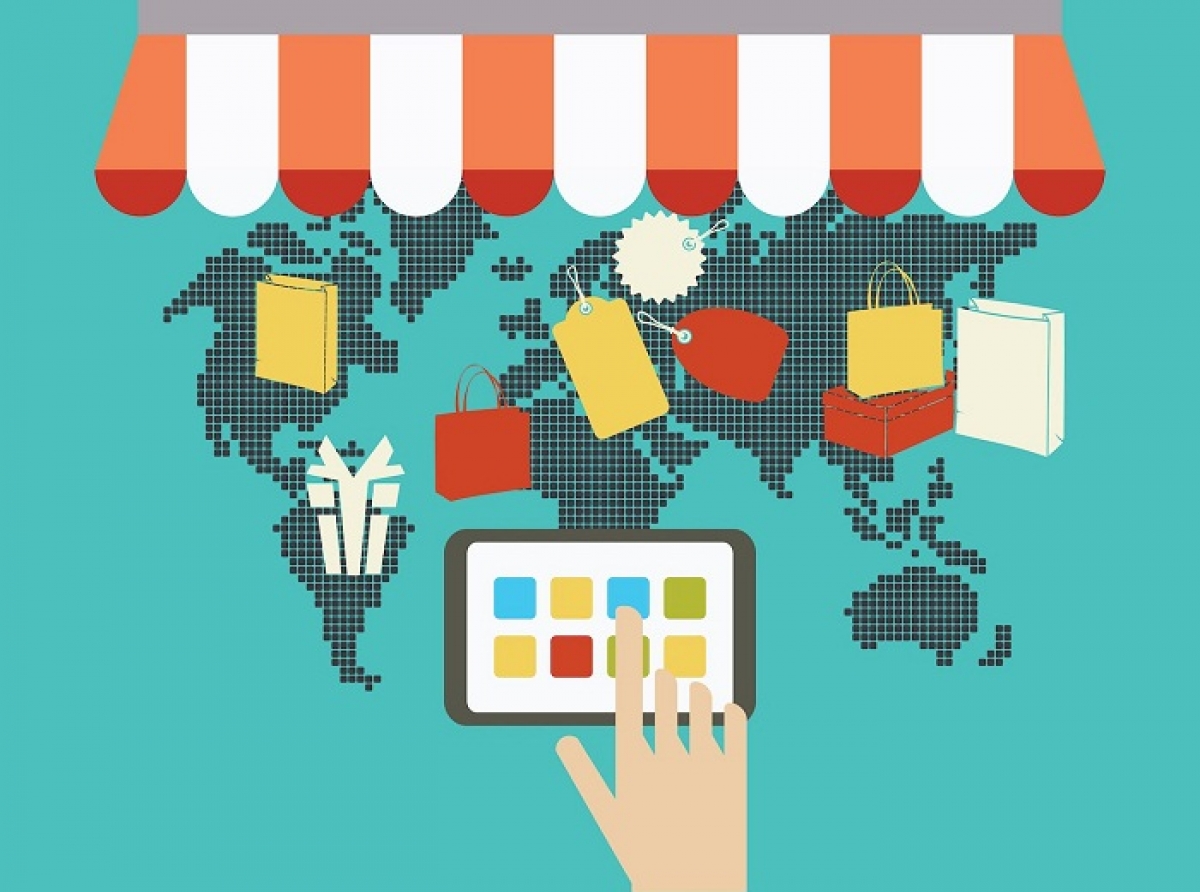Cross-border commerce is booming, but customer service has to improve

17th September 2021, Mumbai:
Although the pandemic and Brexit concerns have hampered cross-border shopping in recent years, the channel is rebounding, and luxury is fueling that recovery, according to new research.
Over the last six months, luxury has been the fastest-growing cross-border category, with demand particularly strong in four major regions, three of which are in Asia.
It's also worth noting that up to 43% of cross-border buyers are willing to sacrifice the in-store luxury experience in exchange for online convenience. According to the newest statistics from eShopWorld (ESW), a cross-border e-commerce expert, all of this is true.
Its International Voices: The Pre-Peak Pulse 2021 polled almost 15,000 consumers in the United Kingdom, France, Germany, the United States, Canada, Mexico, South Africa, the United Arab Emirates, India, Russia, China, South Korea, Japan, and Australia.
It also found that demand for luxury products is highest in four important markets: China (39 percent), the United Arab Emirates (33 percent), South Korea (28 percent), and India (28 percent) (21 percent ).
In China and South Korea, more than 70% of Millennials, GenXers, and Baby Boomers shop luxury online, compared to less than 45% in the Americas and most of Europe.
This is especially true for European and American businesses aiming for these growing regions. While 43 percent prefer to shop online, almost half (42 percent) will do so on brand websites outside of their native nation.
According to the survey, more than half of consumers in Mexico (54%), China (61%), Russia (50%), and South Africa (57%) are “comfortable” buying luxury products online due to a lack of availability and variety of such goods locally.
This announcement follows a year in which the luxury market was compelled to reprioritize digital tactics in order to mitigate the pandemic's impact. Because of their new online focus, luxury e-sales is expected to grow to 30% in 2021, up from 22% in 2020, thanks to a surge in Millennial and Gen Z customers. Not that the luxury store's days are gone; 42% of luxury consumers prefer to purchase in-store because they can touch and try on items.
However, consumers still expect a full-fledged luxury experience online, with 77 percent of survey respondents expecting exceptional personalized customer service when purchasing luxury goods through webstores, and 75 percent believing brands and retailers could do more to improve premium levels of customer service.
If the experience "mirrors the level of service obtained in-store," as much as 69 percent are "more inclined to buy luxury products online." That may serve as a wake-up call for high-end companies and merchants that, in terms of shipping, returns, online images, and other customer services, are still struggling to create a premium feel.
“The quality, workmanship, and prestige of luxury items are in rising demand from a growing digitally native middle class, residing outside of traditional luxury markets, who are both brand and status hungry,” said Martim Avillez Oliveira, Chief Commercial Officer, EMEA and APAC at ESW.
To profit, luxury companies must focus on duplicating the high-touch, hyper-personalized experience customers have in-store in the DTC channel, and then deploying those experiences across borders to satisfy demand at its source.
“The luxury brands that continue to adapt and embrace omnichannel strategies that meld the expectations of the modern consumer with the traditional tenets of the luxury experience, from super-premium customer service, including tracked, personalized delivery, free returns, luxury packaging, and premium courier services, to immersive online experiences, will thrive as they bridge the gap between the physical and digital worlds.
























